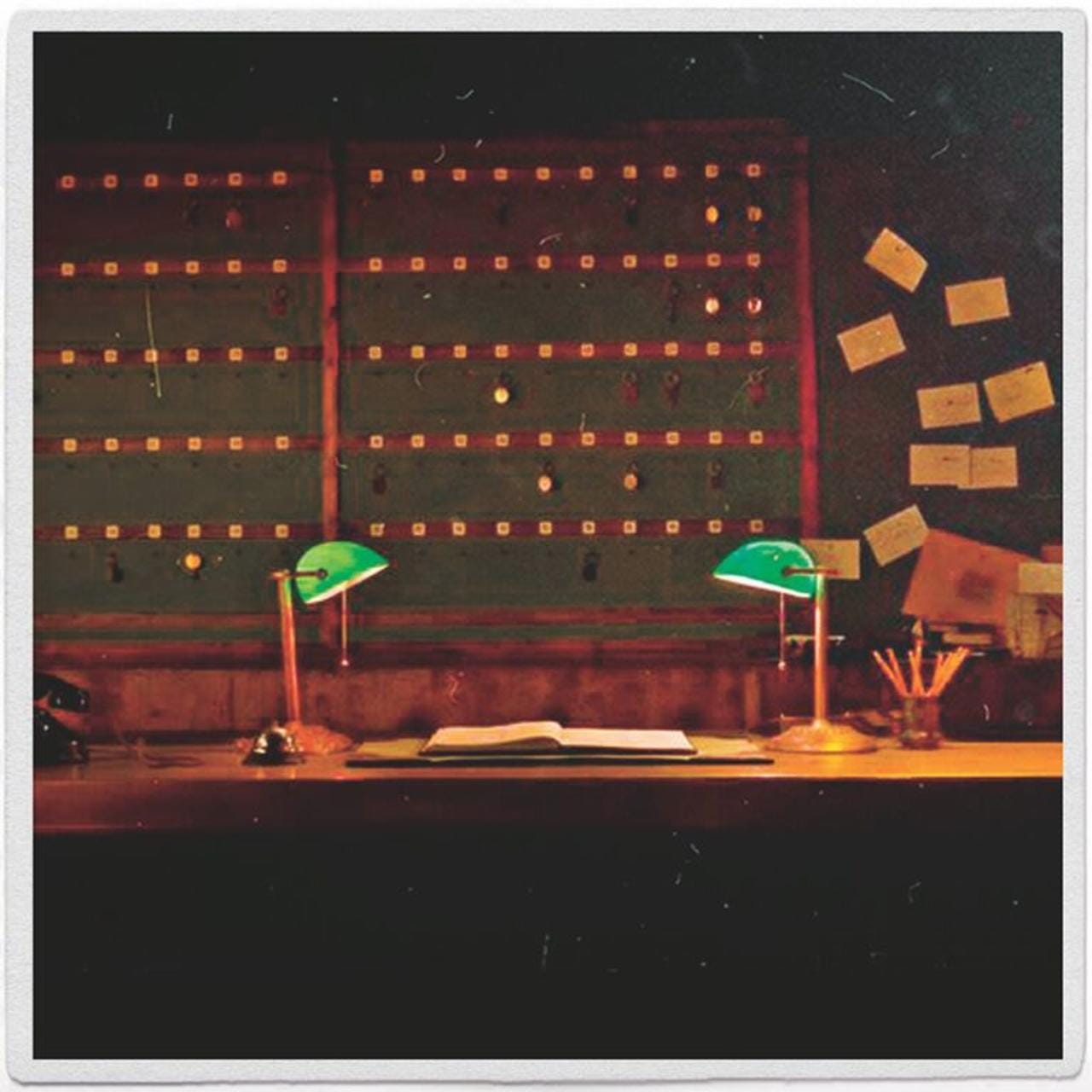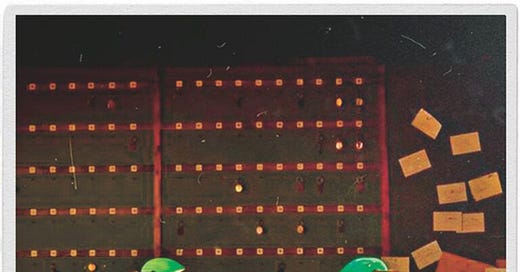Losing Sleep with the Superfans of “Sleep No More”
Devotees of this interactive Off-Broadway play don’t just love the show. Some return hundreds of times, building an obsessive network of friendships along the way.
Photo courtesy of Sleep No More
Jim Stark and I are alone in a bedroom that smells of dried herbs. The lights are low. He takes me by the hand, pushes me up against the wall, and looks me in the eye. He’s crying. We’re standing by an altar strewn with herbs, a rosary, and religious icons.
Jim takes a fresh daisy from his pocket. One by one, he plucks the petals, repeating, “She loves me,” then “She loves my crown.”
The tears keep running down his chin.
“She loves me. She loves my crown.”
The last petal falls. He’s so close I can feel his breath.
He kisses me on the cheek and presses a sachet into my hands. It’s thick with herbs, a torn page of a Bible, and a small vial of perfume so strong I can smell it through the lilac netting.
Jim’s wife Donna is sitting in the next room with ten or so of their closest friends.
It’s time to rejoin the party.

Out…
Keep reading with a 7-day free trial
Subscribe to Narratively to keep reading this post and get 7 days of free access to the full post archives.




